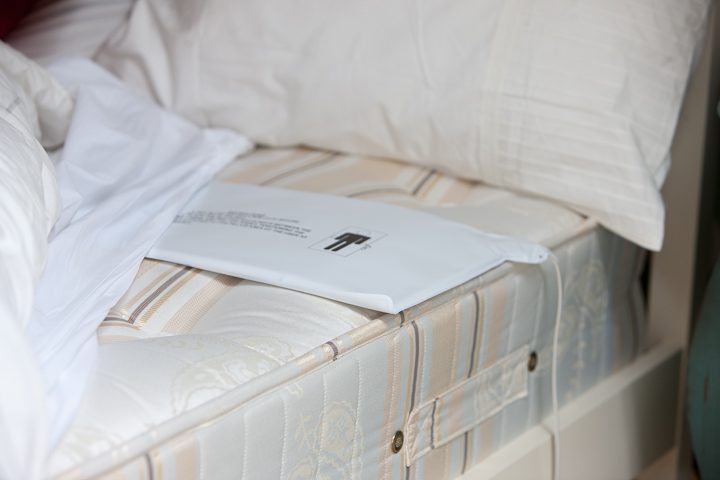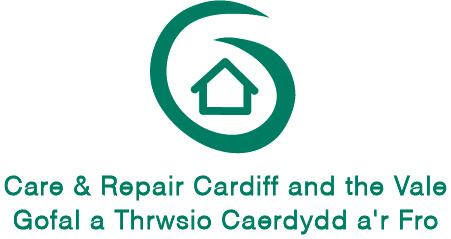What is the Bed Occupancy Sensor?
The bed/chair occupancy sensor is designed to automatically raise an alarm call if a client:
- Has not gone to bed by the predetermined time
- Has not got out of bed by the predetermined time
- Gets out of bed during the night and does not return within the predetermined time period
The solution can be tailored to suit the specific daily activities of the individual. There is an optional facility available to automatically turn on a
light or series of lights such as those in the main bedroom, hallway and bathroom in order to minimise the risk of falling should the client get out of bed.
What are the Benefits of the Bed Sensor?
- Wireless radio technology for flexibility on installations
- Automatic low battery warning ensuring optimum operation at all times
- Flexible monitoring times that meet individual’s needs
How does the Bed Occupancy Sensor Work?
The bed occupancy sensor consists of a bed pressure pad, which is placed underneath the mattress of the user. A wider bed pad is also available that can be placed on top of the user’s mattress in order to increase sensitivity of the solution and overcome issues that can arise when users are very small, light or move significantly during their sleep. When linked to a Lifeline home unit or other Tunstall telecare enabled system, the bed sensor solution assists carers to manage the risks associated with independent living by raising an alarm should the user get out of bed and not return by a certain time.
Who’s it for?
It is ideal for the following people:
- Individuals who have recently been discharged from hospital and require additional assistance and support at home
- Elderly, frail or disabled people
- Those with limited mobility such as arthritis
- People of any age receiving medication











Comments are closed.